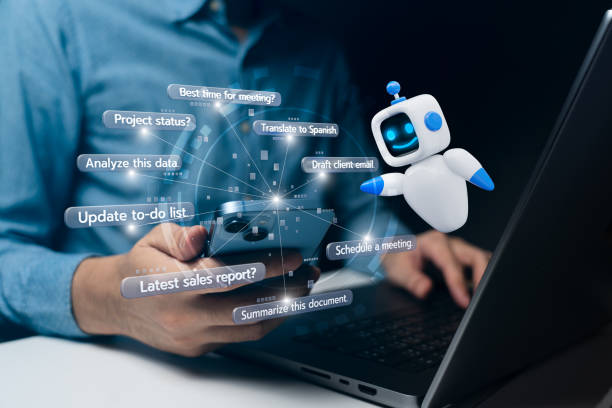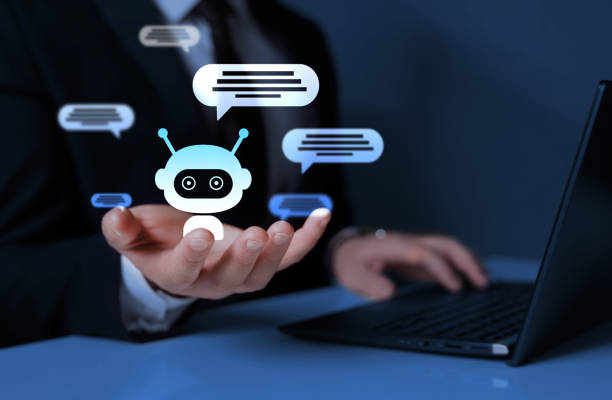
In the fast-paced world of software development, GitHub Copilot has evolved from a novel experiment to an indispensable tool, fundamentally altering how developers write, test, and deploy code. In 2025, this AI-powered assistant has become a cornerstone of modern workflows, offering unprecedented productivity gains while sparking debates about ethics, originality, and the future of human ingenuity in tech.
The Productivity Revolution in Developer Workflows
GitHub Copilot’s ability to generate code snippets, autocomplete functions, and even draft entire modules has transformed productivity benchmarks.
The tool’s contextual awareness has also improved. By analyzing a project’s existing codebase, Copilot suggests patterns aligned with team conventions, minimizing style inconsistencies. At the enterprise scale, companies like Spotify use Copilot to maintain uniformity across microservices, ensuring that hundreds of developers adhere to architectural guidelines without manual oversight.
However, the real game-changer is Copilot’s integration with debugging tools. In 2025, it predicts potential vulnerabilities—like SQL injection points or memory leaks—during code drafting, acting as a real-time security auditor.
Ethical Dilemmas in the Age of AI-Generated Code
Despite its benefits, GitHub Copilot’s rise has ignited ethical controversies. The core issue lies in its training data: billions of lines of public code, including snippets from copyrighted or licensed projects. In 2023, a lawsuit alleged that Copilot reproduced proprietary code from a Texas-based SaaS company, raising questions about intellectual property rights. While GitHub introduced filters to block verbatim suggestions, the legal landscape remains murky, especially for code with ambiguous licensing.
Another concern is the erosion of skill development. Junior developers, heavily reliant on AI suggestions, may struggle to grasp foundational concepts. A 2024 Stack Overflow survey revealed that 45% of entry-level engineers couldn’t explain code generated by Copilot, risking a generation of “script kiddies” rather than problem solvers. Critics argue this dependency undermines the critical thinking required for innovative engineering.
The environmental impact also enters the conversation. Training and running large language models like Copilot consume massive energy. A 2025 MIT study estimated that widespread AI coding tools could add 3.2 million metric tons of CO2 annually—equivalent to 700,000 gas-powered cars—prompting calls for greener AI infrastructures.
Navigating Copilot’s Limitations
While Copilot excels at routine tasks, its limitations become apparent in nuanced scenarios. For example, it struggles with domain-specific logic in industries like aerospace or quantum computing, where precision and novelty are paramount. A developer at NASA’s Jet Propulsion Laboratory noted that Copilot’s suggestions for satellite trajectory algorithms often required extensive revision, negating time savings.
Another challenge is its bias toward popular frameworks. Developers working with niche languages (e.g., Haskell or Rust) or legacy systems (COBOL) find Copilot’s suggestions less reliable. This “popularity bias” risks sidelining less mainstream technologies, potentially stifling diversity in tech ecosystems.
Moreover, Copilot’s reliance on existing code patterns can inhibit creativity. When tasked with designing a groundbreaking feature, developers may receive suggestions that regurgitate conventional approaches rather than innovative solutions. This has led teams at companies like Pixar to use Copilot sparingly during brainstorming phases, reserving it for execution-stage grunt work.
Striking a Balance: Human-AI Collaboration

Forward-thinking organizations are adopting policies to maximize Copilot’s benefits while mitigating risks. Google’s developer guidelines now mandate code reviews for AI-generated segments, ensuring engineers understand and validate every line. Meanwhile, boot camps like HackReactor have redesigned curricula to teach “AI-assisted critical thinking,” emphasizing when to trust—and when to question—Copilot’s output.
Open-source communities are also adapting. Platforms like GitLab and the Apache Foundation require contributors to disclose AI-generated code, fostering transparency. Some projects even use cryptographic hashing to tag AI-authored sections, creating an audit trail for future maintainers.
The Future of Coding: Augmented, Not Automated
By 2025, GitHub Copilot isn’t replacing developers—it’s redefining their roles. The most successful teams treat AI as a collaborator, not a crutch. They leverage Copilot for repetitive tasks while reserving creative and strategic work for human minds. As AI evolves, so does the demand for developers who can architect systems, navigate ethical gray areas, and innovate beyond algorithmic boundaries.
The next frontier? Customizable AI models trained on proprietary codebases, offering hyper-personalized suggestions while safeguarding IP. Early adopters like Shopify report a 50% drop in onboarding time for new hires using these tailored tools.
Coding in the Copilot Era
GitHub Copilot’s impact on developer workflows is undeniable, offering speed and efficiency at scale. Yet, its ethical and technical limitations remind us that AI is a tool, not a replacement for human expertise. As the tech industry navigates this new normal, the winning formula lies in balancing automation with accountability, ensuring that the code of tomorrow is not just faster but wiser.

Leave a Reply